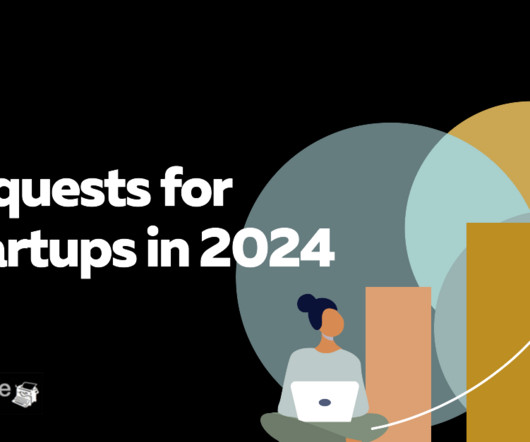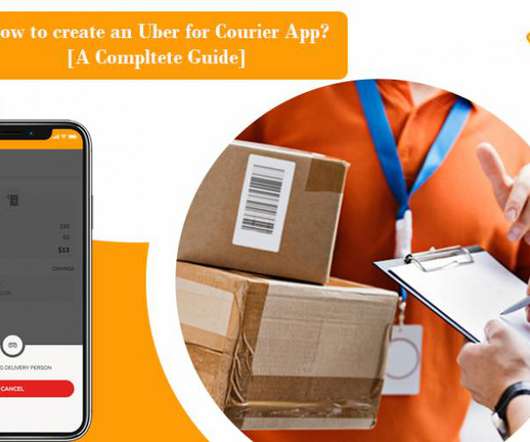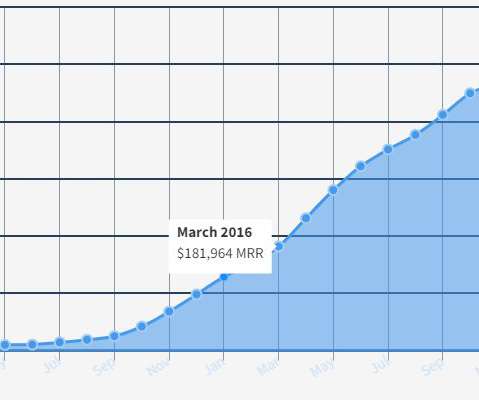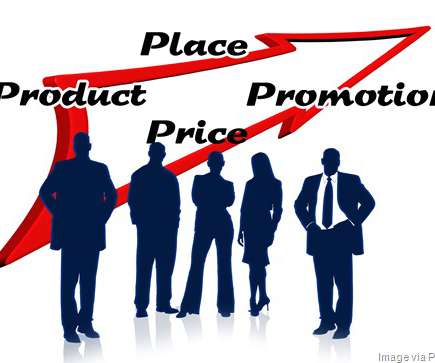The LeanLaunch Pad at Stanford – Class 6: Channel Hypotheses
Steve Blank
APRIL 21, 2011
This week they were testing their hypotheses about the sales “Channel” – how a company delivers its value proposition (i.e. There are two major channels: physical channels and virtual (web/mobile) channels. Virtual channels include Dedicated e-commerce, Two-step e-distribution and Aggregators.






































Let's personalize your content